|
This month’s featured artifact is this U.S. Government issued aircraft recognition model of the P-2V Neptune. The P-2 first flew in May of 1945 and was put in production too late for service in WWII but later served as a maritime patrol and anti-submarine warfare aircraft during the Cold War.
As WWII unfolded, the importance of aircraft recognition became increasingly apparent. Aircraft recognition models, also known as ‘spotter’ or ‘i.d.’ models were produced by the thousands and used for training purposes for both military personnel and civilians alike. These models were painted flat black and lacked any real surface detail or markings in order to simulate a silhouette. Air crewmen, anti-aircraft personnel as well as civil defense workers were required to quickly identify an aircraft based solely on its general outline and major surface features such as its fuselage and wing shape, tail surfaces or number of engines from all possible angles. The importance of getting it right could mean the difference between targeting a friendly aircraft or allowing an enemy aircraft to fly by unscathed. It was also crucial for civilian ground spotters to correctly identify aircraft passing over in order to relay important information such as: number of aircraft, direction of flight and altitude to military authorities so that intercept aircraft could be scrambled. Aircraft spotting and identification was vital for civilian defense. Accurate identification was essential in order to sound off air-raid warnings and give civilians and wartime workers the crucial extra minutes to take shelter, whereas a false alarm would cause an unnecessary disruption to production output. After the attack on Pearl Harbor on December 7th, 1941, the U.S. Bureau of Aeronautics put out a request for schoolchildren to produce over 500,000 scale aircraft models out of balsa wood to help civilians and soldiers differentiate friend from foe. As the uncertain nature of the war progressed, especially after German submarine sightings off the East Coast and Japanese shelling on the West Coast, aircraft recognition became an important, useful and even fun pastime for civilians and children. Millions of posters, publications, advertisements and even children’s games were produced during the war as an educational tool for identifying aircraft. Our P-2V is made from mold injected resin and has a 17” wingspan and is 13” in length. After the war, these models became surplus and were sold by the thousands in Army/Navy surplus stores throughout the country and are considered collectible items today.
0 Comments
|
AuthorWelcome to the CAF MN Wing Blog. You will find information on projects we are working on, upcoming events, and more. Archives
April 2024
Categories
All
|
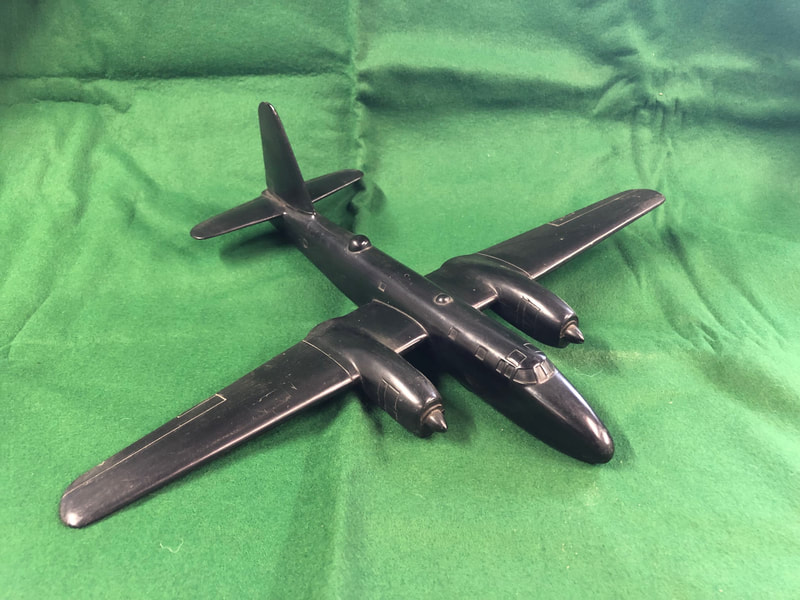
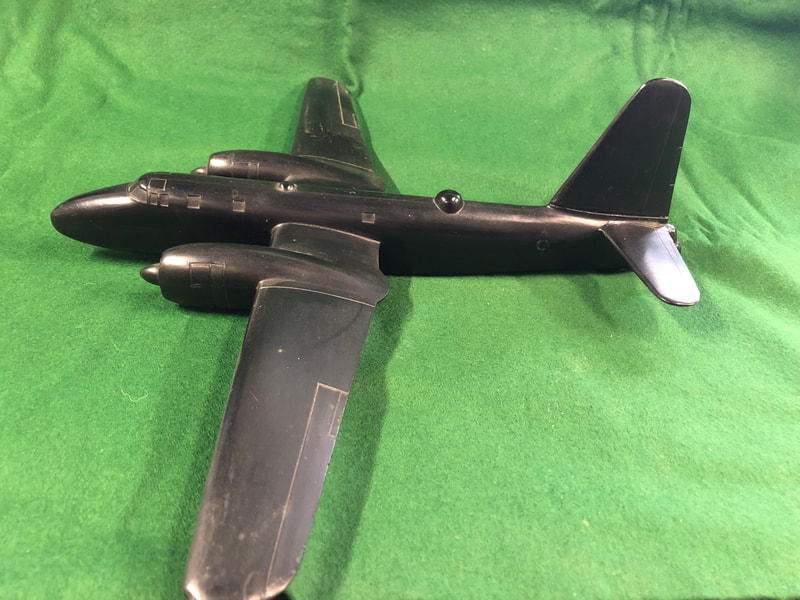
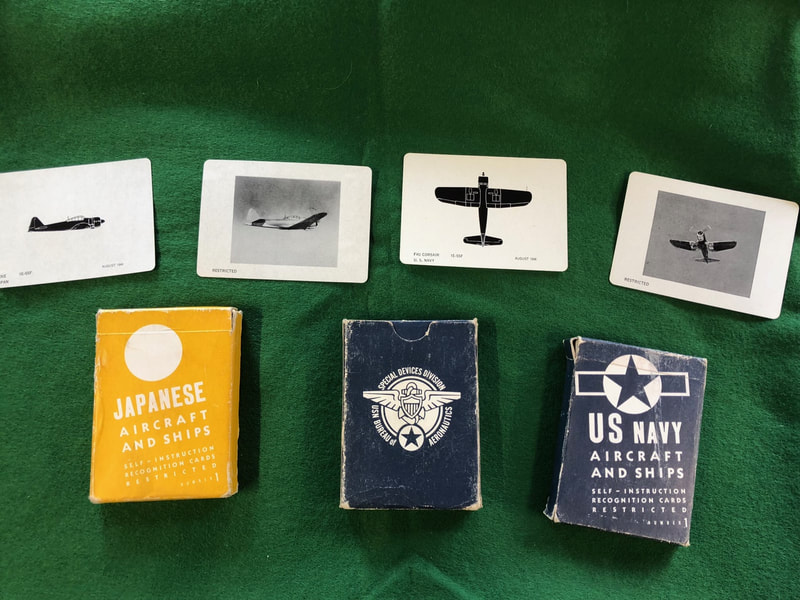
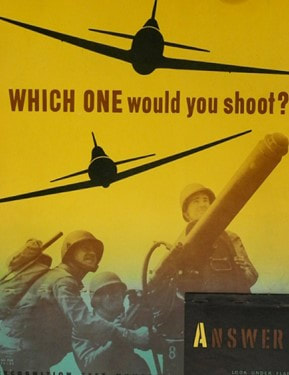
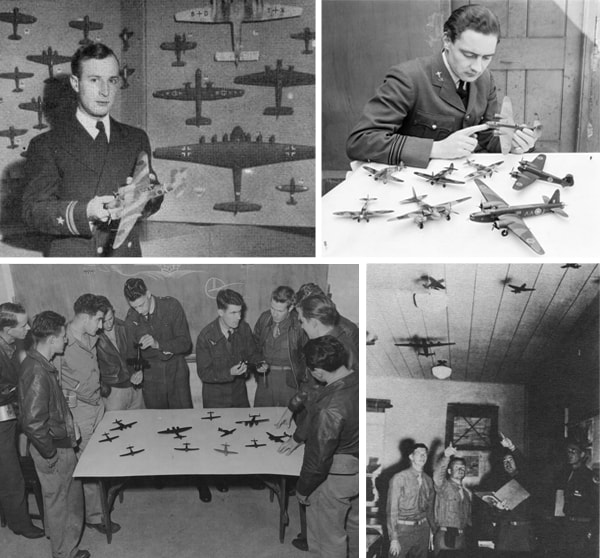
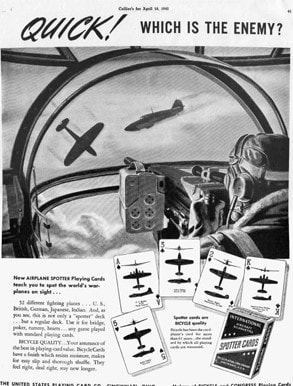
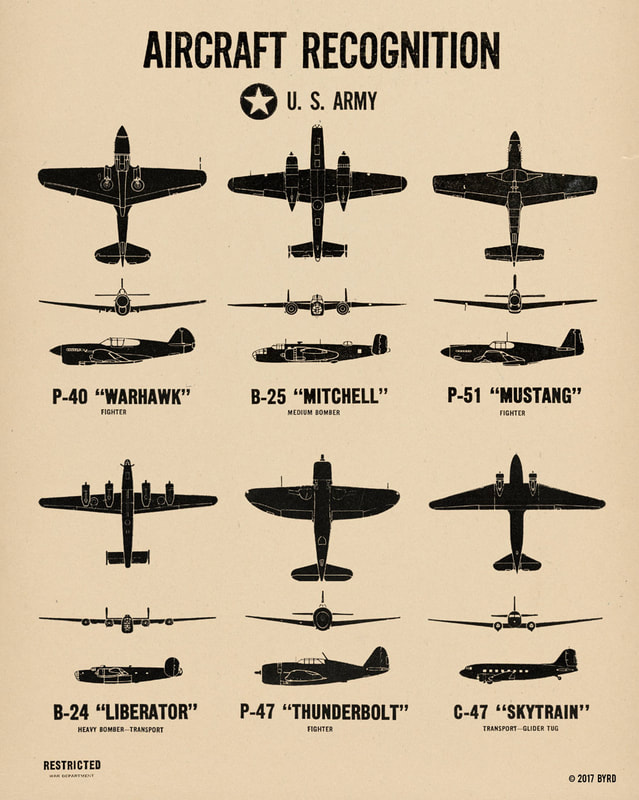
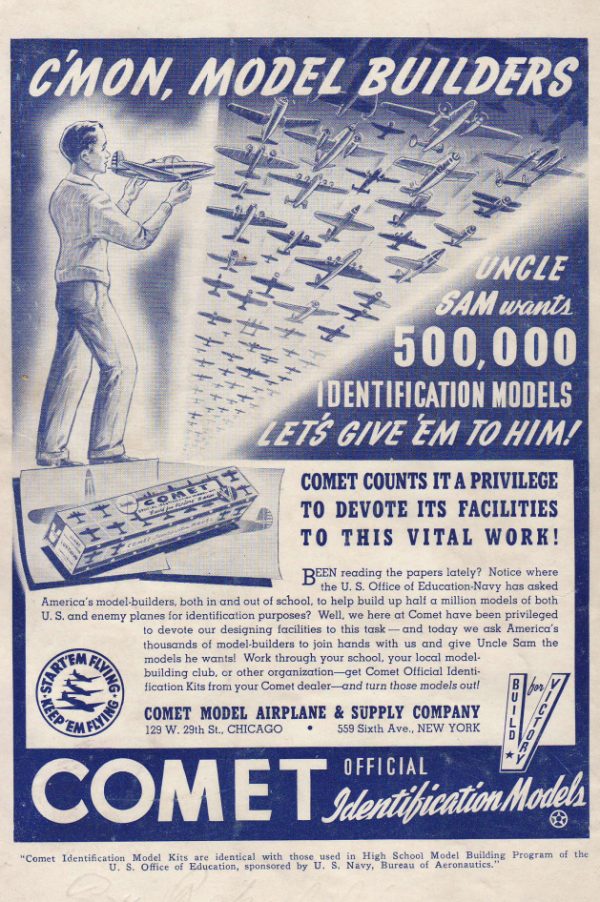
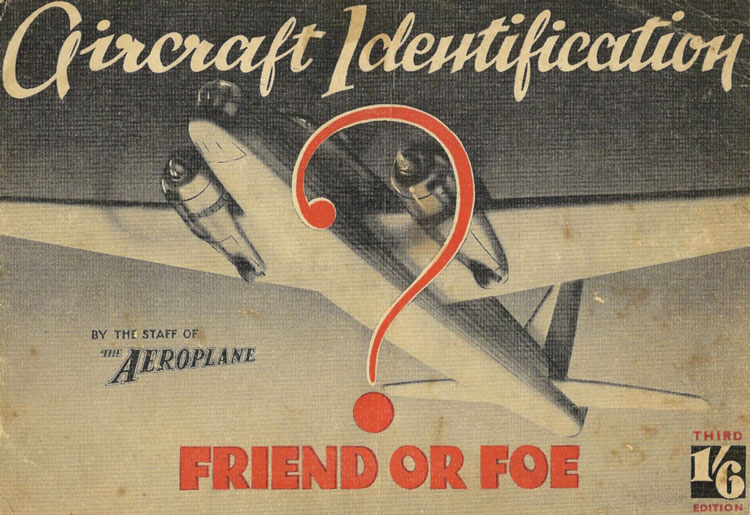
 RSS Feed
RSS Feed